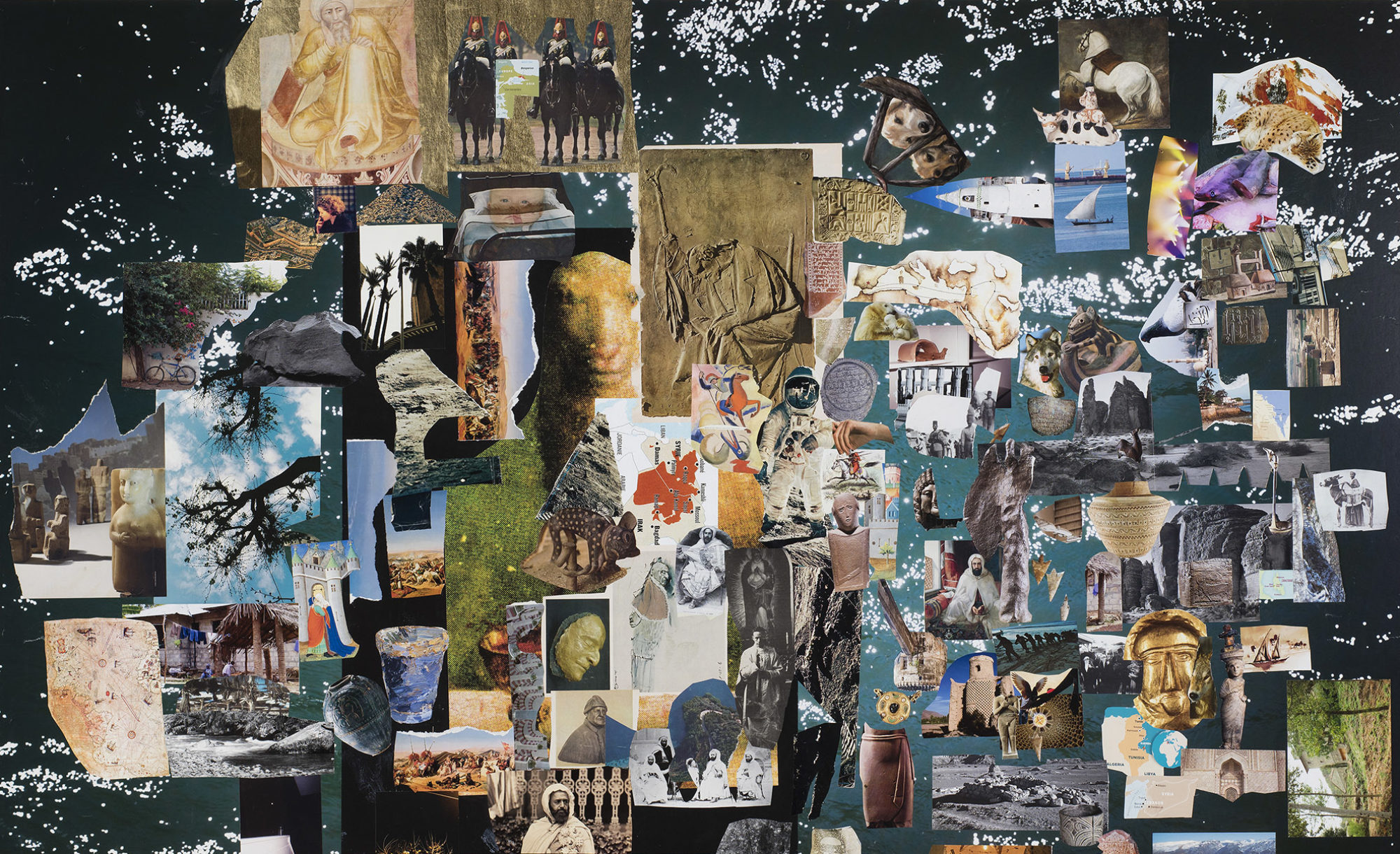Simone Fattal was born in Damascus and grew up in Lebanon. She first studied philosophy at the Ecole des Lettres of Beirut and then at the Sorbonne in Paris. In 1969 she returned to Beirut and started painting. She participated in numerous shows during the ten years when life in Lebanon was still possible. In 1980, fleeing the Civil War, she settled in California and founded the Post-Apollo Press, a publishing house dedicated to innovative and experimental literary work. In 1988, she returned to artistic practice by doing ceramic sculptures after enrolling at the Art Institute of San Francisco. Since 2006, she has produced works in Hans Spinner’s prestigious workshop in Grasse, France. In 2013, she released a movie, Autoportrait, which has been shown worldwide in many film festivals.
On Simone Fattal by Negar Azimi
Let’s begin with the legs. They are thick, bowed, cumbersome things—like the crusty paw of an elephant or the trunk of a vast tree ringed and ringed again by time. Their heads are attenuated, leprous and shriveled, as if battered on a battlefield, or simply pinched between someone’s fingers for too long. Sometimes, there’s no head at all; the familiar ball that once balanced atop a thin line atop a torso seems to have rolled right off. Bodies: they slump and sag and bend and bob.
Time is the great conceit of the sculptures of Simone Fattal. Kneaded clay suggests the repeated touch of a human hand, but also summons up the ravages of time. Figures look as old as the earth and yet they breathe. “The dead are coming back in order to fight again” reads a line from The Beirut-Hell Express, a poem from 1983 by Etel Adnan. The dead speak to us, too: I once was a warrior. I once was a father. I once was master of this land. I once was I once was echoes again and again. Their grandiloquence is shabby.
Simone Fattal, Ceramic Sculptor by Etel Adnan
Looking one day, at the way Simone Fattal was holding in her hands eggplants that she had just bought, I felt that she had a special rapport to these objects—to which one pays no attention—and I thought that such a suitability between her hands and these eggplants could certainly suggest that she had an attraction to, an affinity with forms and therefore with sculpture.
The Spirit Crossing the Clay by Khaled el Najjar
Translated from the Arabic by Etel Adnan
Adam and Eve…
I believe that it would have been possible that Simone Fattal’s universe—her obsession to give the world its first biography—would contain all the animals of Noah’s Ark, whose remains are to be found in the vicinity of Mount Kaf, or as Massoudi, faithful to the Arab storytellers that mentioned the event, in the vicinity of the Door of Doors. It is even said that the Ark contains up to now some carcasses belonging to those animals. It is also said that an English navigator had found these bones in a remote Asiatic valley, towards the end of the nineteenth century. He seemed to have wanted to trace the boundary of the kingdom of “Brother John” in India. By the way, it was the dream of the Crusaders, along the centuries to have this Christian King come to their rescue with an army from his Indian kingdom. And what to say about the fact that this English navigator believed that those pieces of rotten wood and decayed animals were remnants of military Mongolian chariots. He even sent a report on his findings…
